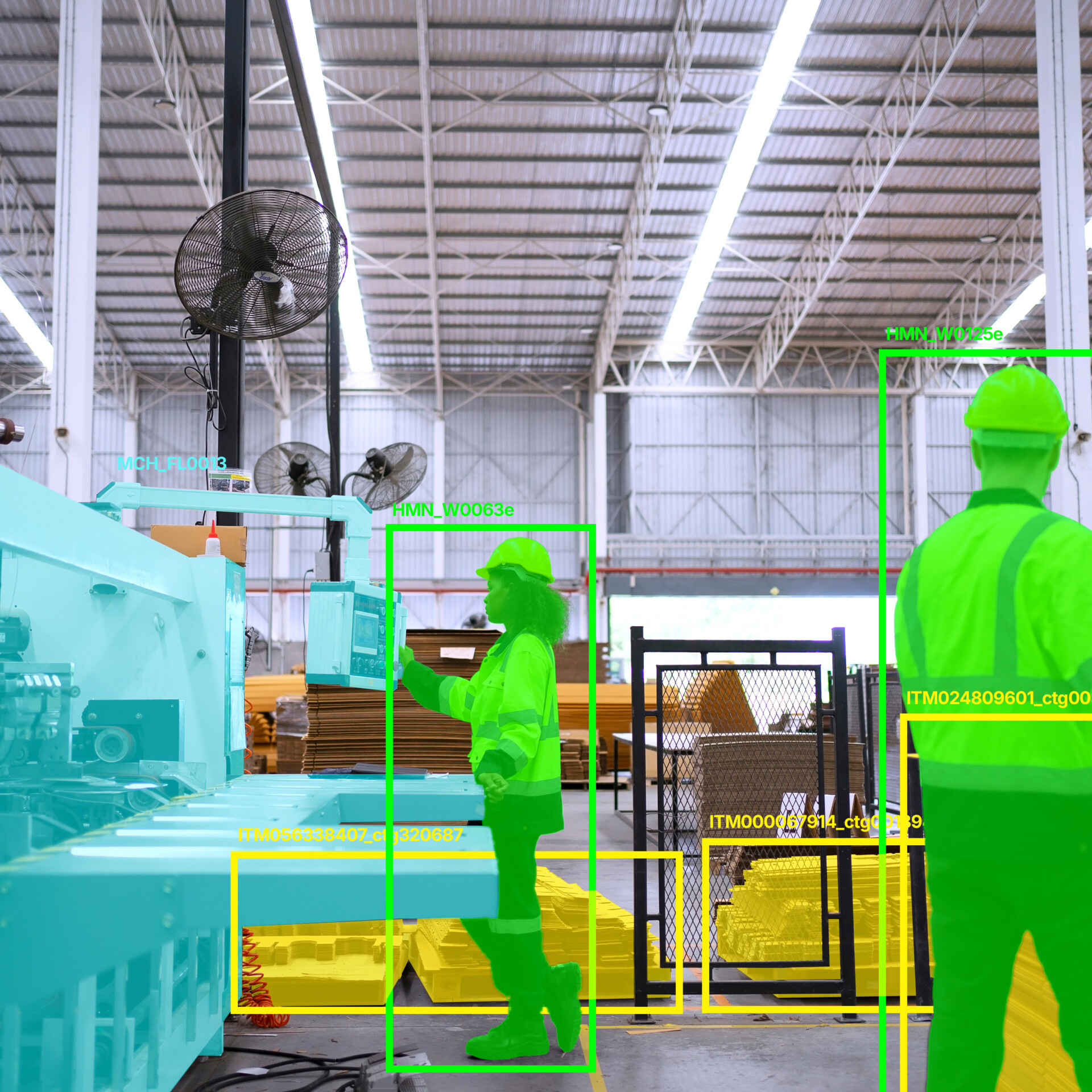Read next
Automatica 2025
Simplicity meets efficiency: working safely with your robot colleague
Seeing and being seen - this not only counts in the social arena, but also in the efficient and reliable cooperation between humans and robots in industrial production. Fraunhofer IKS will be demonstrating what this is all about in particular at Automatica in Munich at the end of June under the motto: “Simplicity is key”.

© iStock/suney munintrangkul
In view of the ongoing shortage of skilled workers and the challenges posed by dynamic supply chains, it is crucial for production companies to develop effective automation strategies. At Automatica in Munich (Hall A5, Stand 228), the Fraunhofer Institute for Cognitive Systems IKS will be demonstrating how artificial intelligence (AI) and classic algorithms can be used to increase production performance while ensuring the safety of employees and production processes. The focus here is on data-efficient and flexible solutions.
Dependable person detection
A key issue here is the dependable detection of people. In production environments where people and machines work closely together, false alarms and detection problems can be dangerous or unnecessarily hold up production. High safety requirements also often lead to the physical separation of robots and people in order to ensure human safety. As this is at the expense of efficiency, Fraunhofer IKS is working on solutions to replace conventional safety concepts with intelligent sensor technology and AI-supported systems. The combination of AI with classic algorithms and expertise in safeguarding such scenarios enables a lean set-up for the most resource-efficient AND reliable implementation possible - for safe and efficient collaboration between employees and robots. “We integrate specific algorithms for person recognition that not only increase safety, but also improve the flexibility of production processes,” explains Karsten Roscher, Head of the Industrial Sensors department at Fraunhofer IKS.
Advantages of the solution:
- Improved accuracy: minimize detection errors with multiple sensors.
- Optimized efficiency and flexibility: Maximize operational efficiency and adaptability without false alarms.
- Increased safety: Better protection for production workers.
Fraunhofer IKS at the Automatica
Do you want to find out more? Then visit us at Automatica (June 24 - 27, 2025) at the Messe München in Hall A5 at Stand 228. You are also welcome to make an appointment in advance at our stand at business.development@iks.fraunhofer.de. We look forward to seeing you!
Flexible quality inspection:
AI for precise and efficient inspections
Another Fraunhofer IKS topic at Automatica is flexible quality inspection. This has been specially developed for companies that are confronted with small batch production and varying product requirements. AI-supported automation in quality inspection is crucial for making visual inspections more efficient and accurate.
“Our approach lowers the barriers to entry for AI in automation while increasing reliability, even when only limited data is available,” emphasizes Roscher. The solution automates decisions using AI, with critical cases being reviewed by experts. This leads to reliable results and minimizes false alarms. Fraunhofer IKS thus offers an easy-to-implement solution whose automation rate is continuously increased by expert feedback. Another solution is characterized by the reusability of modular concept models, which enables flexible adaptation to new tasks and data without having to retrain the entire model. Recurring error patterns can thus be reused for new product lines.
Image recognition using deep learning (DL) solutions has made great progress in recent years, but is not yet widely used in industry. Fraunhofer IKS addresses this challenge by offering data-efficient, reliable and flexible visual quality inspection systems that have been specially developed for the requirements of industry. In tests, this solution has achieved a 0% error rate in various applications.
Advantages of the solution:
- Fast integration: Early and easy implementation even with little initial data
- Greater efficiency: Experts can concentrate on problems that require their expertise.
- Confidence in the system: Confidence in machine learning processes is built up through use.


